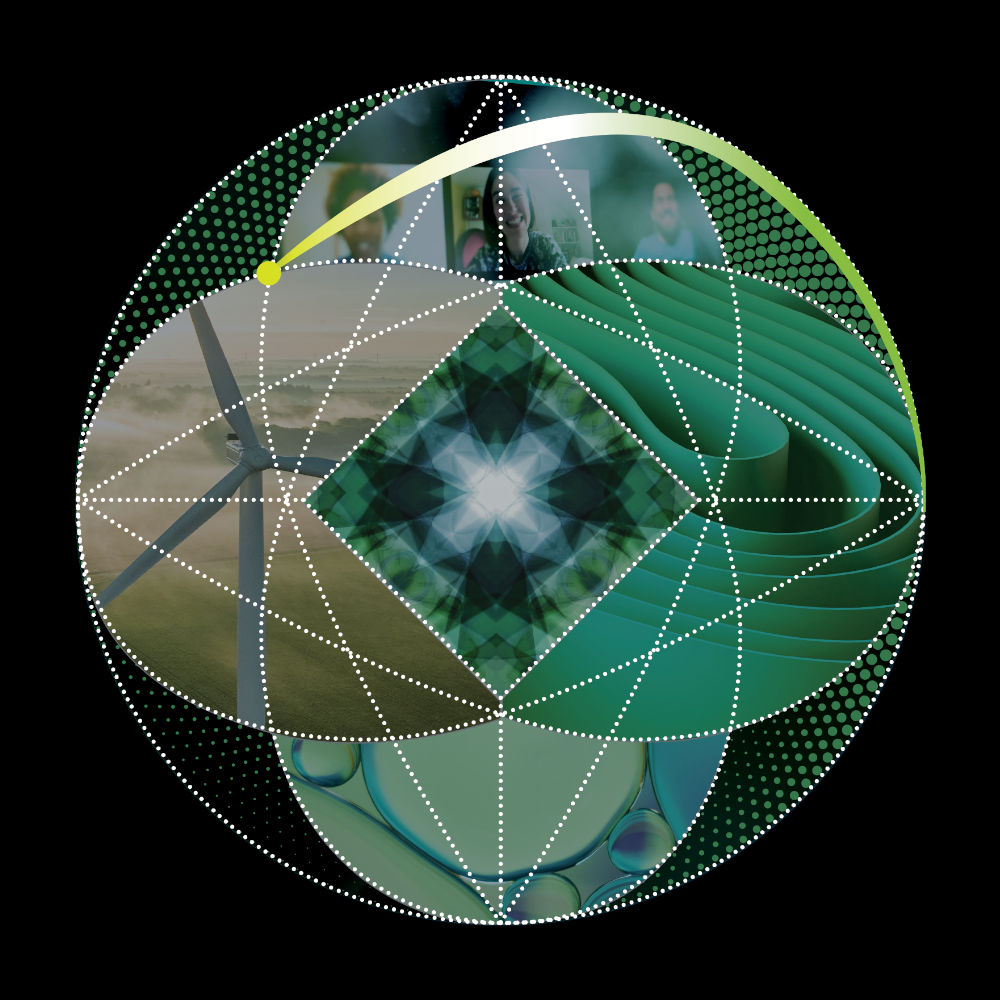Tax
Trusted. Transformational. Together.
As global influences fundamentally shift how the tax function operates, tax leaders need to be able to respond strategically. We can share our experience, technology and innovative ideas to help your organisation respond to challenges and progress.
Delivering comprehensive Solutions to transform tax
Tax doesn’t need to be complicated—progress begins with simplifying processes. We provide tax compliance, advisory and implementation Services on a Global scale, catered to your unique needs.
Alongside you and your team, Deloitte delivers experience, technology and innovative ideas guiding you through complexity with confidence.
How we can help:
- Business Tax
- Indirect Tax
- International Tax
- Transfer Pricing
- M&A Tax
- Tax Technology Consulting

Explore Tax Services
Explore marketplace Issue
What you might be interested in
Explore marketplace Issue

Sustainability & Climate
Today’s climate crisis is spurring organisations to focus on sustainability expectations. As with any business transformation, there can be tax consequences as a result of business model and supply chain changes. We can work with you, not only to help you to take action, but to accelerate your journey to net-zero.

Pillar Two
Tax reform at this scale changes many aspects of how Global businesses are taxed—and in turn, their Data requirements, calculation and Reporting demands. We can help you to identify and assess the impact of this complex and new legislation in multiple countries.

Intela
Intela is the Global platform that powers your tax experience with Deloitte. By combining AI and cloud computing technologies, Intela can help to unite information, processes, teams and automate workflows while also providing customised-for-you views of Deloitte knowledge on tax developments and Industry trends.

Tax policy is at the forefront of the Global agenda, driving dialogue among governments, businesses and societies as they tackle the challenges and seize the opportunities of the 21st century. From addressing climate change and sustainability to navigating Digital Transformation and the complexities of cross-border remote work, Pillar Two and tax transparency and Reporting, tax policy is emerging as a pivotal force shaping the future of our economies and societies.
Opens in new window

















